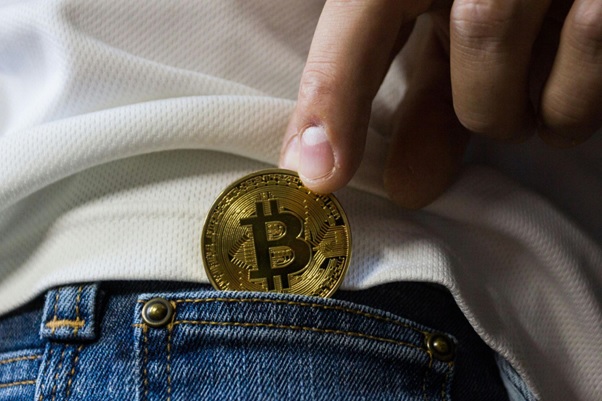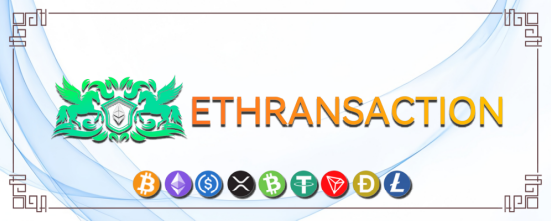By Nia Bowers
Standing as no stranger to the systole and diastole that come with public sentiment, the cryptocurrency community continues to see promising movements within the 2025 digital exchange market. Among the virtual tokens making the most noise, Solana increasingly catches the eyes and wallets of crypto experts and enthusiasts alike.
Although things may seem bright in the present, traders and holders of all backgrounds must remain informed about the risks associated with Solana price fluctuations before adding novel investments.
Solana’s Role in the Comprehensive Crypto Ecosystem
Digitization has become the core of many communities, spanning countless sectors, both professional and personal. As a result, it was inevitable for the financial industry to adopt new and promising monetary products within its crypto-driven district.
On the long list of economic innovations worth considering, Solana makes its entrance. Solana, accompanied by its native token SOL, is a Layer 1 blockchain developed and designed for scalability and speed.
SOL is the financial product that fuels everything on Solana’s blockchain, from staking and governance to transaction fees. Acting as a robust “Ethereum (ETH) alternative,” the decentralized financial (DeFi) system aims to surge investor interest, particularly during periods of high ETH gas fees.
What’s Behind The Recent Solana Price Activity?
Several factors can prompt shifts in the value of SOL, including developer activity, market cycles, exchange listings, and institutional endorsements.
Akin to most established cryptocurrencies, Solana’s encounters with downturns can be temporary yet taxing. Subsequently, crypto developers frequently populate the blockchain ecosystem with NFT (non-fungible token) and DeFi-driven projects to rebuild the ETH substitute, potentially boosting confidence in the process.
These initiatives and innovations are hardly complicated for Solana’s current developer sphere, as many creators represent some of the fastest-growing within the cryptocurrency community.
Alongside SOL’s growth in correlation with rising Bitcoin (BTC) prices during bull runs, the accessibility of Solana expands with recognition from noteworthy publications and outlets, which increases visibility.
Solana’s Performance History and Present Patterns
Most investors showcase preparedness when encountering the ups and downs of Solana. For example, the digital currency’s all-time high in 2021 was later followed by price crashes due to network failures against leading tokens, like BTC and ETH.
Throughout 2025, seasoned traders and investors have discussed the growth of blockchain-based cryptosystems, such as Solana and Ethereum. Although decentralized currency developers have driven over some rocky roads, current trends suggest that Solana is a leading altcoin.
Gaining insight into technical analysis elements, investors and traders rely on common indicators such as the Solana RSI (Relative Strength Index) and resistance levels, as well as simple moving averages, including 50-day, 100-day, and 200-day versions.
Furthermore, current macro trends place the DeFi ecosystem in a favorable position as Federal Reserve policies and ETF (Exchange Traded Fund) approvals from regulatory bodies continuously emerge.
Solana’s Technological Edge and Obstacles
As developers leverage Solana’s PoH (Proof-of-History) and PoS (Proof-of-Stake) processes, the system maintains its decentralized consensus model. Unlike blockchain-bound ecosystems tied to PoW (Proof-of-Work), Solana leverages an empirical postponement function to generate historical records, using wagered coins and validators for transaction verification.
Among Solana’s prominent validator clients, the system boasts Google-backed updates, such as Firedancer, to improve reliability, increase network throughput, and enhance resilience.
That said, Solana continues to encounter inevitable hurdles, including security scrutiny, network outages, and cutthroat competitors like Polkadot and Avalanche. These complications additionally don’t account for the mental turmoil that can accompany facing volatility.
While the emotional instability powered by crypto market movements persists, there are ways to track and interpret Solana price adjustments without undue worry.
Tracking and Interpreting SOL Price Fluctuations
A handful of seasoned investors have an inventory of resources and tools they like to contemplate when monitoring and clarifying SOL price movements. Many turn to trusted platforms that provide reliable data and market analysis to track ongoing activity.
Nevertheless, it’s critical for traders and holders to combine real-time data with metrics from developers within the Solana ecosystem to make the most informed decisions.
The Important Influences on Future Solana Price Trajectories
From trendy tags like “Solana Summer” to gas spikes from crypto opponents like Ethereum, Solana investors can hope to benefit as the financial usage of the digital currency increases.
Solana’s recent price movements continue to reflect a rejuvenation of investor confidence and network innovation.
Although the current momentum remains promising, its maintenance will depend on the ecosystem’s ability to overcome technical drawbacks while demonstrating distinction among competing blockchain platforms in the years to come.
i







